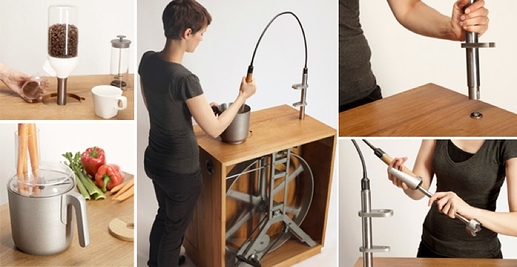Yewomalawi, like so many of the others here, I am impressed with what you are doing! I have been making and enjoying brass jewelry for over 40 years, so maybe I can offer a few ideas.
To cut down on your grinding time, I highly recommend the Cratex rubber abrasive wheels (available from Rio Grande and probably elsewhere). I use the 4" X 1/2" wheels, set up in a drill which is fixed upside down in a drill holder ( you could probably make your own holder – just make sure it holds the drill tightly). I use Coarse, Fine, and Extra-Fine grit wheels. File off any burs on your brass piece, then smooth the edges (or anywhere else) with the Cratex wheel(s). I go directly from there to my tumble-polisher, for a shiny finish. Or, if I want a matte finish I use my vibratory tumbler.
I never lacquer anything, but prefer to “oxidize” my pieces, using Jax Black (this stuff can be used for a long time). I dip the piece into the Jax Black until it has just turned black, then remove and rinse twice in water (if you leave it in the Jax too long, the “color” will flake off). Then I hand-rub the piece with damp pumice, removing the black where I want, and leaving it in the recesses of the design (or wherever I want it). This works well for me, and the whole process seems to help the brass not tarnish too rapidly – if it does, I rub it with a silver-polishing cloth, or with 4/0 steel wool. When a customer buys a ring, I suggest that they wear it through everything (dish-washing, showering, etc.) and they will likely never have to polish it, and it may not leave any marks on the skin beneath the ring. If there is no black in the recesses, some brass jewelry can be quickly cleaned in a commercial jewelry cleaner called Tarn-X – dip, rinse, dry (and do not EVER soak anything in Tarn-X). If you wish, I can e-mail you the list I give my customers of suggestions for cleaning base metal jewelry.
This brings up another suggestion – can you branch out into using additional base metals like copper and nickel-silver? They allow for nice contrasts in color, and copper can be fire-oxidized to a permanent red/gold/etc. color. Nickel-silver, if polished, looks almost like sterling, and can be soldered with silver solder.
With regard to cleaning off the oxidation from heating brass, the vinegar/H202 is good, but if you have access to nitric acid, I recommend that (assuming you don’t have children around your workshop). I dilute it by half, with water, and put the brass pieces in-- in seconds, the oxidation is gone, and the brass has a wonderful gold, matte finish. Rinse very well in a baking soda solution and in water, and dry. I have used this system for years, and have never had any problems with it. Of course, I do not allow anyone near that part of my work area unless I am with them.
If you branch out into different styles of jewelry, 20-gauge brass is certainly thicker than needed. When I make pins, I usually use 26-gauge metal sheet.
Well, I could go on and on. Please contact me if you have any questions or comments. One other thing-- do you ever have anyone that comes to the USA? I would like to get rid of most of my jewelry-making books (this would be about 60 of them, very miscellaneous) and would be happy to give them to you, if you can arrange to take them to Malawi. I would not be willing to box and mail them to you.
All the best, and congratulations on what you are doing!
Judy Bjorkman, Owego, NY (LenandJudy@stny.rr.com)

